Wednesday, January 14, 2009
My Worst Books for 2008
I check out a dozen or so novels at a time from the library but if a book does not engage me after the first pages I put it aside. I usually read about half the pile. The list below does not include these rejects but only those books I read and disliked for various reasons.
1. Seducing the Demon: Writing for my Life by Erica Jong. This is a very bad book that tells us little about Jong, about writing or about anything interesting. She gives in full the text of an address to students and it is the same old stuff about the abasement of language that has been around since the Vietnam War or even since the Nazis. She also does not mention Orwell who said it all.
There is a sloppy meditation about Venice. Also how much she loves poetry. Also, we ask, how many famous names can she drop into a turgid narrative. Some are names that are not names as in “a famous author once said to me.”
The demon theme is introduced and dropped. There are a few flashes of wit. Re: Ted Hughes: “You could inhale the man’s pheromones across the table.” She also says a few wise things: “Feminism ebbs and flows like the sea.”
In 2006, Jong is still referring to sex as fucking. Her first book, Fear of Flying is about a woman’s sexual adventures and it was a hit in the 70’s but heterosexual sex has been out of style for a long time now, since the inception of AIDS and later, with the internet and the overwhelming preponderance of porn.
2. Since romance novels make up 40% of all fiction sold, I thought I should read some. I decided to start with historical romance and I was guided by a list “Best Historical Romance Novels,” from “Best Books.” I started with Saving Grace by Julie Garwood. Garwood is the queen of historical romances. The history is bad. The plot is embarrassing – strong woman kills wolves, faints in lover’s arms. There is lots of sex, also embarrassing to read. It is cringe-making stuff to read women’s day dreams, almost as bad as reading Louis L’Amour and men’s daydreams. But this is perhaps worse. Porn, unrealistic and silly drives this book. The tough soldiers turning into sweet pussy cats at the end is laughable but sad too.
3. Lightly Married by Mary Balogh. This is the second in my series of historical romances. As with the first, above, the history is ludicrous, especially the thought patterns of the protagonists. But, I enjoyed this silly book with its absurd plot and common place characters. Why did I enjoy it? Because I wanted the happy ending and various plot devices delayed it. I started several historical romances after this but never finished any. The elements of historical romance are: 1) A heroine who is vulnerable. She is in some kind of trouble and must turn to 2)A handsome, perhaps scary, male hero.3) The hero is tamed through wiles and love. In short, these books reinforce the media idea that a woman can gain power through her looks. Yeah, right.
4. Pardonable Lies by Jacqueline Winspear. A mystery set in the 1930’s with a lot of really stupid slang tossed into the clunky writing. The heroine solves mysteries with intuition. Yeah, right.
5. Wordly Goods by Michael Korda – does he publish his own novels? Starts with hero – the hard man type, a billionaire (not million any more) who lives like a recluse etc. Meets heroine who is beautiful of course with a great flawless body etc. They meet at a party. The draw here is the high life, champagne, caviar, art works etc. She rides (superbly of course) on the dangerous horse. Later she swims at Cannes and she swims marvelously. Etc. In spite of Korda’s efforts there is no juice in these people, no flaw and no longing.
After 69 pages, we move into the back story which takes up more and more space as the book goes on. This is Korda family territory—Hungary before the war, the greed of Nazis and Hungarians and the betrayal of the hero’s family who end up in Auschwitz. The hero becomes a slave laborer. Korda wants to give us the grand tour of Nazi atrocities and even has the hero sent to Mengele where he is tortured. His Nazis are always combining threats with discussions of their next meal—a ploy to contrast and point up their venality but overused. They are all snake-like types rather than out-and-out goons. The purpose of the book is to run through the Nazi atrocities. But somehow, the evil of Nazism is trivialized by the frothy lives of the main characters.
6. Cat o’Nine Tails by Jeffrey Archer. A short story collection dealing with criminal activities. He loves the build up, the care with which a criminal sets up the crime and the O Henry like denouement. After a story or two one stops believing that such people exist outside of Archer’s imagination. I enjoyed his prison memoir much more.
7. Short Stories by Kurt Vonnegut. Last stories, speeches and various writings by one of my favorite authors but unfortunately there are some things in here that are not good enough for inclusion. Some of the short stories have good intentions but go nowhere.
8. Paula Spencer by Roddy Doyle – This is the woman who walked into doors but Charlo is dead and she is sober and trying to get some sort of friendship with her grown kids. There is really no suspense. We do not think she will go back to drinking because the result would be so disastrous the book would be ten times as long. POV is Paula’s over and over, disorganized, rather dull and stupid.
9. Mavis Gallant – Across the Bridge. Short Stories. She tells us about her characters and she, the narrator, is at a distance from them. She does not like them very much. They are specimens under glass. I did not read all the stories.
10. The Moose House: the Devil in the Closet by Larry Leochko a strange memoir, very poorly written, which tells the tales of a haunted house where the young Leochko lived in Atikokan.
11. Schoolmarm by Penny Petrone. Published by the museum. Lots of great details of teaching life in the early 50’s. At North Bay Normal, a teaching master, “ Miss Grace Morgan summoned all the girls, all 79 of us, to her homeroom to tell is that there were times of the month when an awful odor permeated the building. She advised us to sprinkle baking soda on our sanitary pads in order to suppress the smell. I followed this advice until it was no longer necessary.” This is creepy and bizarre—they all menstruated at the same time?? And the odour permeated the building?? This is a huge building.
Later Petrone goes to Uganda and has the children memorize Down by Sally Gardens with references to “her little snow-white feet” and “her snow-white hand.” More than bizarre. On 1972, she uses the poem The Congo, by Langston Hughes in her teacher training class. She says it would not do for the present but OK for 1972. Yet by 1972, the discussion of racism in discourse was everywhere, with many books, pamphlets etc coming out to advise teachers and writers.
The mood is constantly upbeat and perky, sort of the Doris Day of teaching, and it grates.
12. I Had a Great Front Row Seat to the Greatest Show on Earth: A Collection of Short Stories about Policing in Thunder Bay (1960-1994) by retired Staff Sergeant Jas. W. Forbes. The author is very full of himself, a dangerous individual and not funny. “An adjustment was made to his face” is the worst of the phrases. This guy was a bully but he thinks he is full of fun. A sickening read. Easily my worst book of the year.
1. Seducing the Demon: Writing for my Life by Erica Jong. This is a very bad book that tells us little about Jong, about writing or about anything interesting. She gives in full the text of an address to students and it is the same old stuff about the abasement of language that has been around since the Vietnam War or even since the Nazis. She also does not mention Orwell who said it all.
There is a sloppy meditation about Venice. Also how much she loves poetry. Also, we ask, how many famous names can she drop into a turgid narrative. Some are names that are not names as in “a famous author once said to me.”
The demon theme is introduced and dropped. There are a few flashes of wit. Re: Ted Hughes: “You could inhale the man’s pheromones across the table.” She also says a few wise things: “Feminism ebbs and flows like the sea.”
In 2006, Jong is still referring to sex as fucking. Her first book, Fear of Flying is about a woman’s sexual adventures and it was a hit in the 70’s but heterosexual sex has been out of style for a long time now, since the inception of AIDS and later, with the internet and the overwhelming preponderance of porn.
2. Since romance novels make up 40% of all fiction sold, I thought I should read some. I decided to start with historical romance and I was guided by a list “Best Historical Romance Novels,” from “Best Books.” I started with Saving Grace by Julie Garwood. Garwood is the queen of historical romances. The history is bad. The plot is embarrassing – strong woman kills wolves, faints in lover’s arms. There is lots of sex, also embarrassing to read. It is cringe-making stuff to read women’s day dreams, almost as bad as reading Louis L’Amour and men’s daydreams. But this is perhaps worse. Porn, unrealistic and silly drives this book. The tough soldiers turning into sweet pussy cats at the end is laughable but sad too.
3. Lightly Married by Mary Balogh. This is the second in my series of historical romances. As with the first, above, the history is ludicrous, especially the thought patterns of the protagonists. But, I enjoyed this silly book with its absurd plot and common place characters. Why did I enjoy it? Because I wanted the happy ending and various plot devices delayed it. I started several historical romances after this but never finished any. The elements of historical romance are: 1) A heroine who is vulnerable. She is in some kind of trouble and must turn to 2)A handsome, perhaps scary, male hero.3) The hero is tamed through wiles and love. In short, these books reinforce the media idea that a woman can gain power through her looks. Yeah, right.
4. Pardonable Lies by Jacqueline Winspear. A mystery set in the 1930’s with a lot of really stupid slang tossed into the clunky writing. The heroine solves mysteries with intuition. Yeah, right.
5. Wordly Goods by Michael Korda – does he publish his own novels? Starts with hero – the hard man type, a billionaire (not million any more) who lives like a recluse etc. Meets heroine who is beautiful of course with a great flawless body etc. They meet at a party. The draw here is the high life, champagne, caviar, art works etc. She rides (superbly of course) on the dangerous horse. Later she swims at Cannes and she swims marvelously. Etc. In spite of Korda’s efforts there is no juice in these people, no flaw and no longing.
After 69 pages, we move into the back story which takes up more and more space as the book goes on. This is Korda family territory—Hungary before the war, the greed of Nazis and Hungarians and the betrayal of the hero’s family who end up in Auschwitz. The hero becomes a slave laborer. Korda wants to give us the grand tour of Nazi atrocities and even has the hero sent to Mengele where he is tortured. His Nazis are always combining threats with discussions of their next meal—a ploy to contrast and point up their venality but overused. They are all snake-like types rather than out-and-out goons. The purpose of the book is to run through the Nazi atrocities. But somehow, the evil of Nazism is trivialized by the frothy lives of the main characters.
6. Cat o’Nine Tails by Jeffrey Archer. A short story collection dealing with criminal activities. He loves the build up, the care with which a criminal sets up the crime and the O Henry like denouement. After a story or two one stops believing that such people exist outside of Archer’s imagination. I enjoyed his prison memoir much more.
7. Short Stories by Kurt Vonnegut. Last stories, speeches and various writings by one of my favorite authors but unfortunately there are some things in here that are not good enough for inclusion. Some of the short stories have good intentions but go nowhere.
8. Paula Spencer by Roddy Doyle – This is the woman who walked into doors but Charlo is dead and she is sober and trying to get some sort of friendship with her grown kids. There is really no suspense. We do not think she will go back to drinking because the result would be so disastrous the book would be ten times as long. POV is Paula’s over and over, disorganized, rather dull and stupid.
9. Mavis Gallant – Across the Bridge. Short Stories. She tells us about her characters and she, the narrator, is at a distance from them. She does not like them very much. They are specimens under glass. I did not read all the stories.
10. The Moose House: the Devil in the Closet by Larry Leochko a strange memoir, very poorly written, which tells the tales of a haunted house where the young Leochko lived in Atikokan.
11. Schoolmarm by Penny Petrone. Published by the museum. Lots of great details of teaching life in the early 50’s. At North Bay Normal, a teaching master, “ Miss Grace Morgan summoned all the girls, all 79 of us, to her homeroom to tell is that there were times of the month when an awful odor permeated the building. She advised us to sprinkle baking soda on our sanitary pads in order to suppress the smell. I followed this advice until it was no longer necessary.” This is creepy and bizarre—they all menstruated at the same time?? And the odour permeated the building?? This is a huge building.
Later Petrone goes to Uganda and has the children memorize Down by Sally Gardens with references to “her little snow-white feet” and “her snow-white hand.” More than bizarre. On 1972, she uses the poem The Congo, by Langston Hughes in her teacher training class. She says it would not do for the present but OK for 1972. Yet by 1972, the discussion of racism in discourse was everywhere, with many books, pamphlets etc coming out to advise teachers and writers.
The mood is constantly upbeat and perky, sort of the Doris Day of teaching, and it grates.
12. I Had a Great Front Row Seat to the Greatest Show on Earth: A Collection of Short Stories about Policing in Thunder Bay (1960-1994) by retired Staff Sergeant Jas. W. Forbes. The author is very full of himself, a dangerous individual and not funny. “An adjustment was made to his face” is the worst of the phrases. This guy was a bully but he thinks he is full of fun. A sickening read. Easily my worst book of the year.
Subscribe to:
Post Comments (Atom)
















































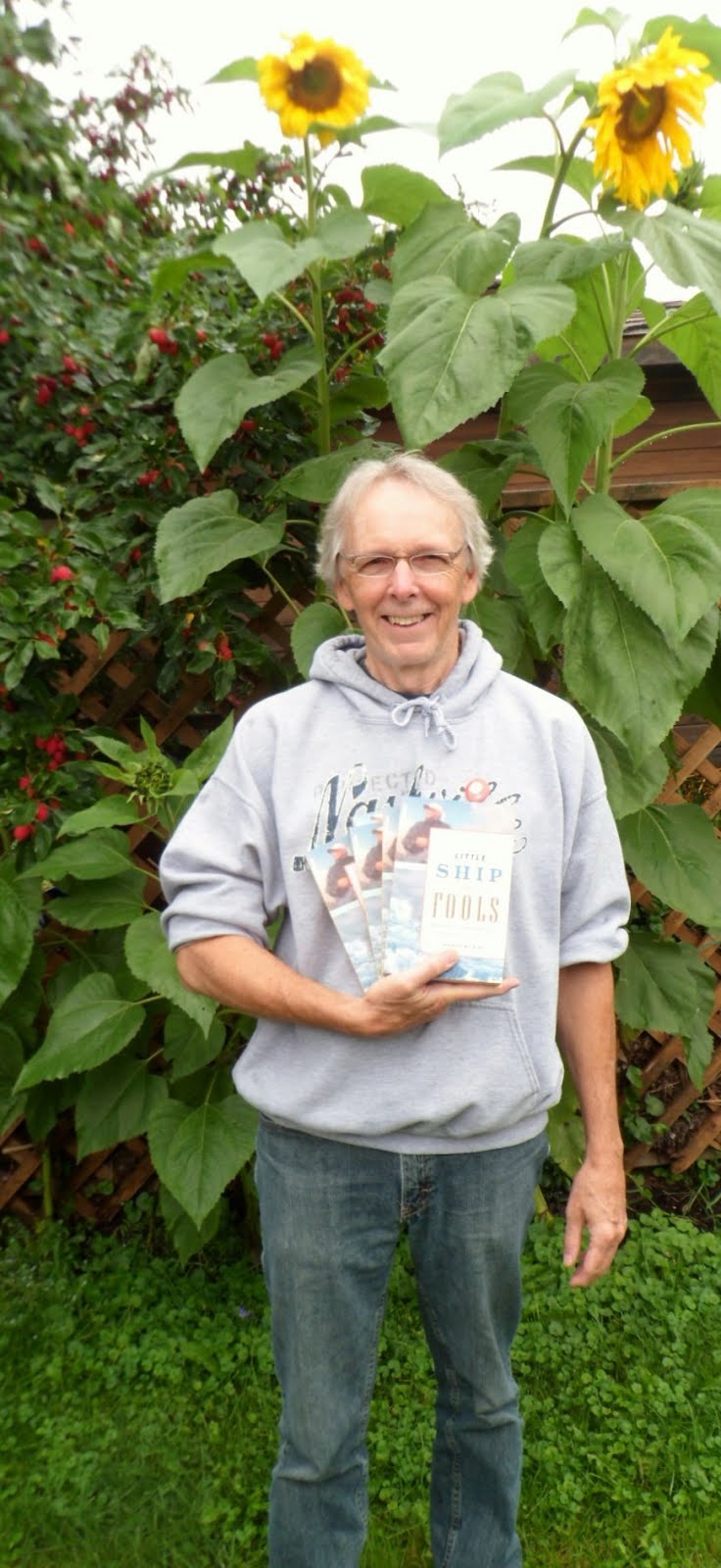





























































































































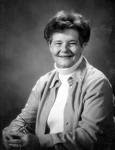


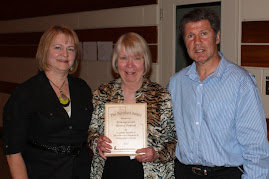









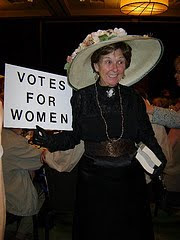
















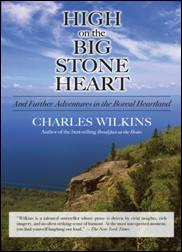





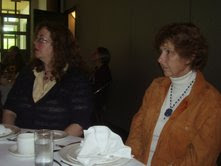



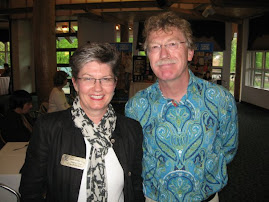


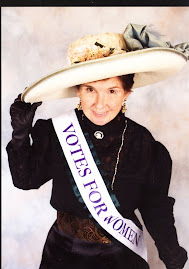









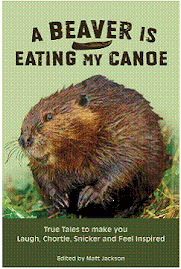



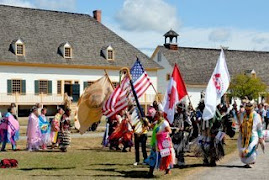











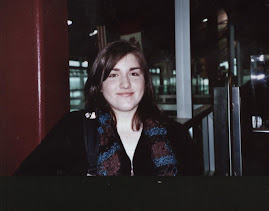


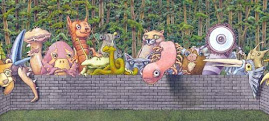
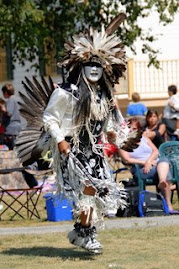













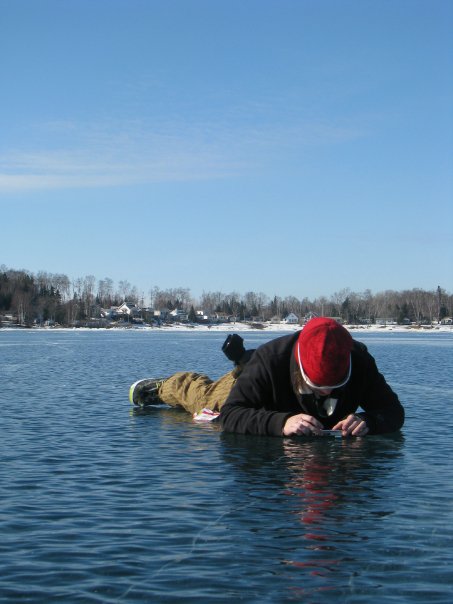



No comments:
Post a Comment